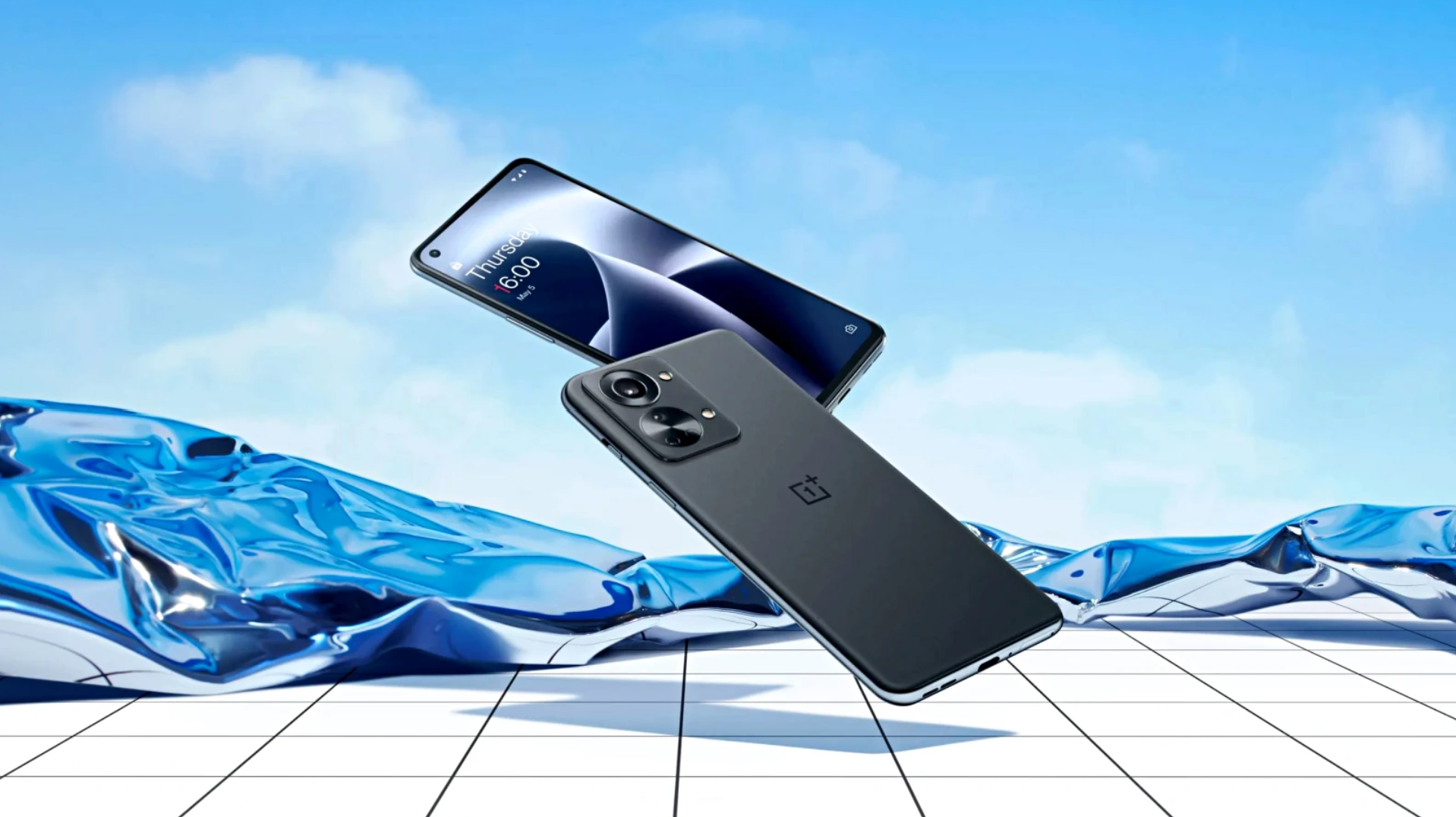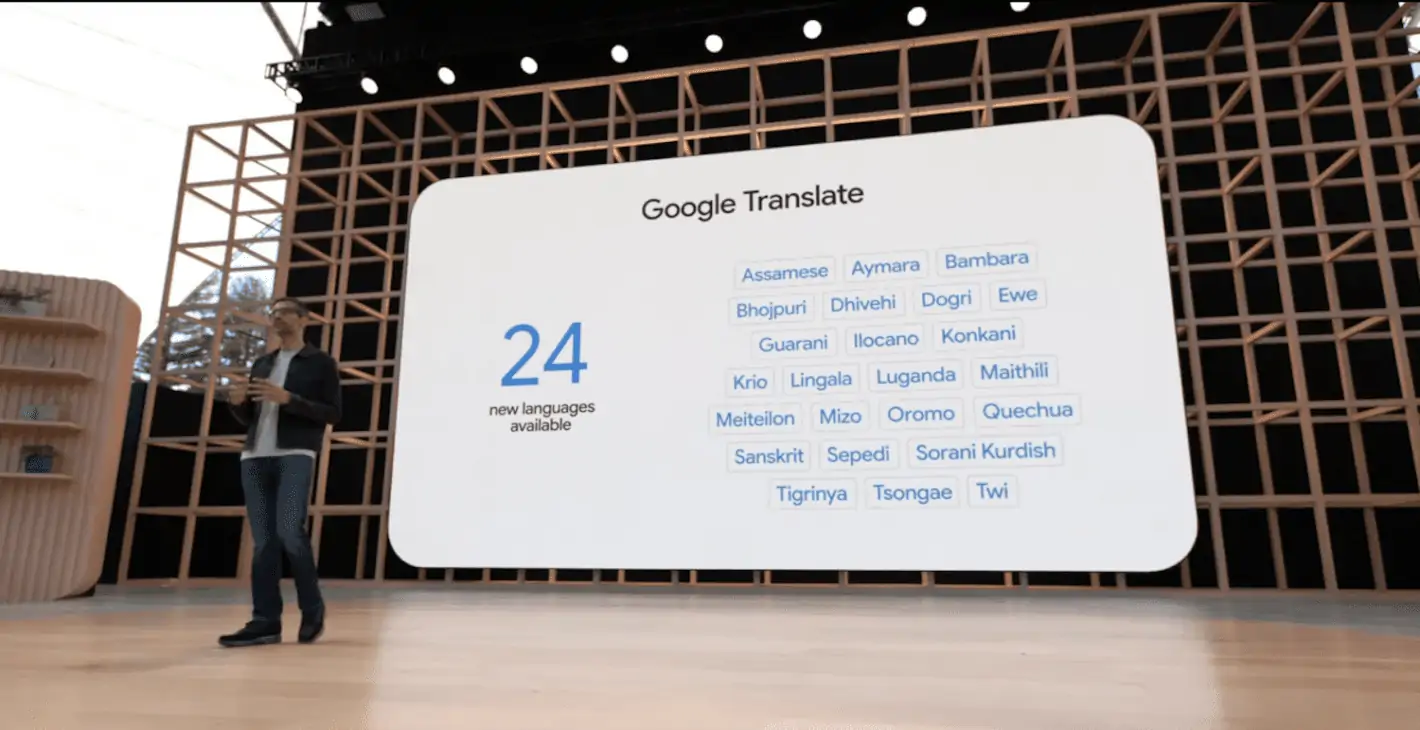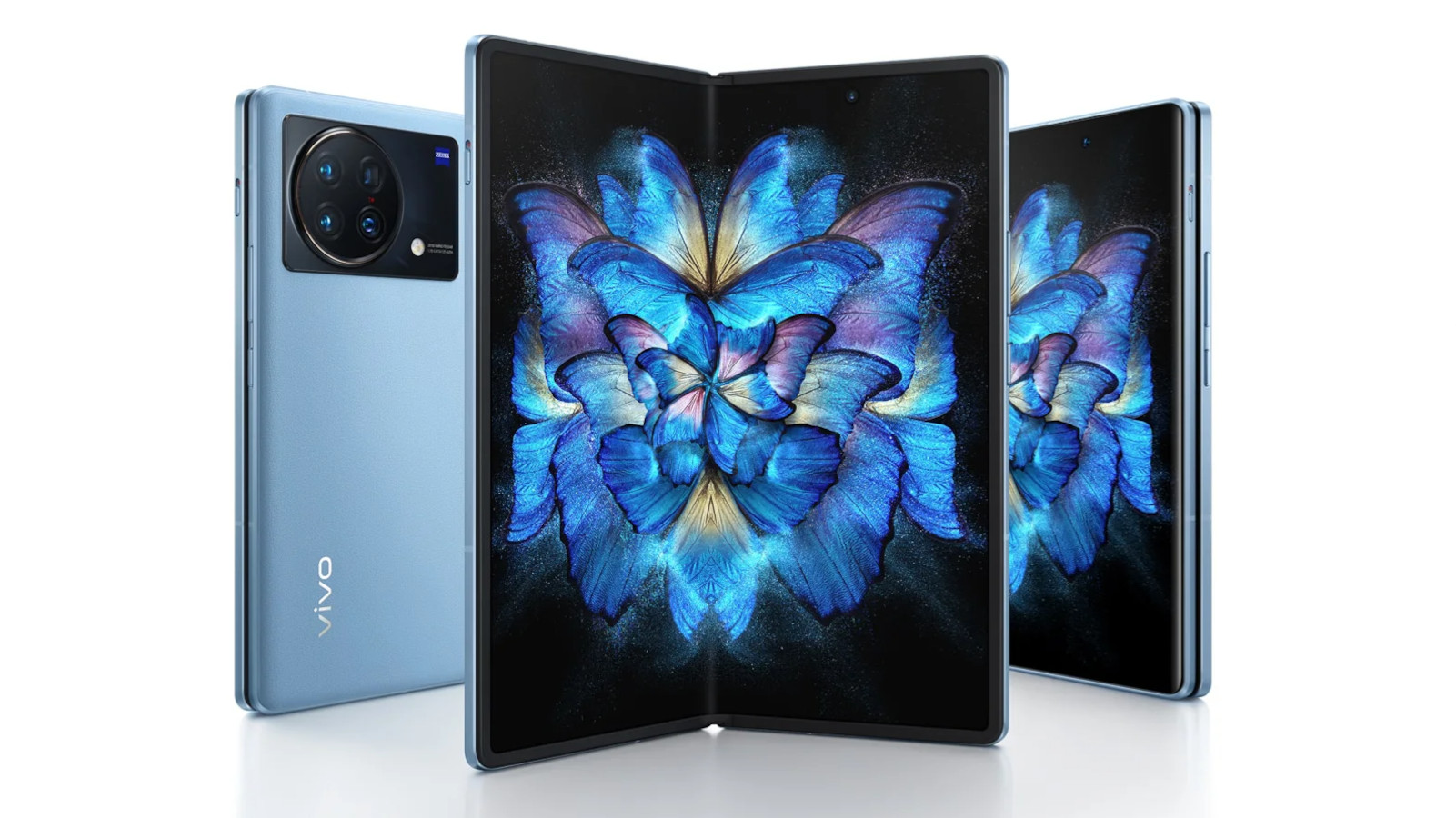I’m a watch guy. I’ve worn an analog chronograph every day since 2003. But with the release of Android ar, I’m finally willing to ditch the timeless beauty of a traditional timepiece, slap an all-digital smartwatch on my wrist. Android ar is simple to use, its focus on glanceable, contextual information makes other smartwatch platforms look convoluted to a fault.
But which hardware makes the best vehicle for Android ar’s context streams voice-control features? I’ll have full reviews of both the Samsung Gear ve G tch soon, but for now, let’s focus on the very small differences between the two watches. l Android ar hardware will offer the same basic software experience, so when choosing among competing models, we need to steer the conversation toward aesthetics, comfort, convenience features, price.
Oh, in case you’re wondering: Both the Gear ve G tch come with 1.2GHz processors, 512MB of RAM, 4GB of storage. Both watches offer fast, fluid interfaces, so typical performance metrics won’t even appear in our decision tree.
Two watches, singular design
w. For their very first Android ar efforts, Samsung delivered exceedingly snoozy industrial designs. The Gear ve is a slightly oblong rectangle with a brushed-metal chassis. The look is unremarkable if inoffensive. Then we have the G tch, which is just a boring, featureless, almost perfectly square tab. It almost suggests a manufacturing sample that a steel supplier might give away to prospective clients: “Take a swatch—this is what our material looks like in black!”
 Yasmin Vahdatpour
Yasmin Vahdatpour th a slightly oblong shape brushed metal surfacing, the Gear ve (left) is just slightly more interesting-looking than the G tch
Both watches have soft, rounded corners. Are these trademark design cues, or are Samsung just trying to protect us from pointy edges? Fashion can be polarizing, so I can underst why the two companies might be playing it safe with tame aesthetics—especially when so few consumer underst the basic smartwatch concept, Android ar or otherwise.
You can decide for yourself which watch better suits your personal style, but I can tell you now that neither one trumps the other in terms of day-long comfort. I’ve worn each watch for a number of days, neither it noticeably heavier, larger or more physically cumbersome than any of my analog wrist watches. The G tch is a bit heavier than the Gear ve (63 grams to the ve’s 59 grams), also a bit thicker (9.95 mm to the ve’s 8.9 mm). But to choose either watch for its weight or dimensions would be splitting hairs.
 Yasmin Vahdatpour
Yasmin Vahdatpour Can you tell the G tch is thicker? Yeah, it’s impossible to tell. ckily, both watches are as comfortable as any analog watch I’ve worn.
It’s not available yet, but the Gear ve will eventually come with a “wine red” strap. The G tch also has a color option: You can opt for a “white gold” color theme that gives you a white strap watch body (though the bezel around the display remains stark black). And you can also outfit either watch with any 22 mm replacement strap you choose.
nner: I’m reluctant to dole out kudos for such a boring design, but the Gear ve is a demonstratively more interesting-looking watch. Too bad I couldn’t include the Moto 360 in this style showdown, as it would demolish Samsung ’s offerings (more about that soon).
Yep. Square displays. Yep
A Samsung mobile device wouldn’t be a Samsung mobile device without a Super AMOD display, thus the Gear ve has a screen based on Samsung’s trademark technology. It offers slightly—slightly—more vibrant colors than ’s I D display, but during real-world use, the differences are inconsequential.
 Yasmin Vahdatpour
Yasmin Vahdatpour Another point of non-differentiation: The Gear ve (left) has better display specs, but you really can’t tell during actual use.
Same goes for display size. The Samsung display is 1.63 inches. The display is 1.65 inches. If you can notice the difference, you’re a piece of equipment, not a human being. Ditto display resolution. th its 320×320 grid, the Gear ve has better pixel density, but you really can’t tell in a side-by-side comparison with ’s 280×280 display.
I wish I could say one watch performed better than the other in sunlight, if only to tease out some type of clear-cut winner in the display category. But, sadly, both watches are usually illegible outdoors. It’s bad. It’s really, really bad. For this reason alone, the first Android ar watch to come with Qualcomm’s Mirasol display tech will have a compelling story indeed.
nner: This is another category that really doesn’t deserve a winner. But indoors, under the moonlit sky, the Gear ve looks just a tad more brilliant. That said, if we could have thrown in the circular display of the Moto 360, both Samsung would be licking their wounds right now (, yes, more about that soon).
Straps chargers
If the prospect of buying an aftermarket strap doesn’t appeal to you, you’re stuck with what Samsung include right out the box— ’s strap is clearly superior. It’s just a squishy, rubber b with a buckle fastener, but it’s comfortable to wear, is really easy to put on. Have you used a buckle before? Yeah, it’s that simple.
 Yasmin Vahdatpour
Yasmin Vahdatpour The G tch’s traditional buckle (left) is easier to work with than Samsung’s “mash two prongs into some holes hope for the best” approach.
Samsung, meanwhile, has gone with the same type of b it uses for all its other wrist wearables, it’s a complete pain in the ass to put on. You have to stabilize the watch body against your wrist, line up the two ends of the strap (much easier said than done), then mash two metal prongs on one end into two stubborn holes on the other end. If you choose the wrong holes, you have to start over. After two days of use, the inside of my wrist was a bit red abraded from prong-mashing. I would not make this up.
I also prefer ’s approach to charging. To recharge the G tch, you simply lay it in a magnetic cradle, which gracefully accepts the hardware without any drama. The cradle sits flat. It’s something you can lay on your nightst. The Gear ve’s charging adapter is much less convenient. It attaches to the back of the Gear ve with a vague snap, every time I removed it, I was worried I was treating it too roughly. But the worst part is that Samsung’s charger is just a loose dongle. It will flop around your nightst, you have to work just a little bit harder to get the Gear ve charged.
 Yasmin Vahdatpour
Yasmin Vahdatpour It’s easier to lay the G tch in its magnetic cradle when you’re turning in for the night.
These may seem like picky criticisms, but consider that you’ll probably be recharging these watches every night. The G tch has a higher capacity battery (400 mAh to Samsung’s 300 mAh), but in actual practice you’ll still need to recharge the G tch every day before bed-time. (Ars Technica has the definitive report on battery life here.)
nner: Here we have a hs-down victory for . Between a blissfully simple watch strap a pain-free charging caddy, it bests Samsung on both counts. It even has a higher-capacity battery. So if you turn off the G tch’s always-on feature, reduce display brightness to low, avoid excessive use, you might be able to get two days of battery life on a single charge.
Differentiating extras, small large
Samsung’s mobile team is obsessed with heart rate monitors, so of course the Gear ve needs a spectroscopic heart-rate sensor. It’s one of very few hardware features that differentiates the Gear ve from the G tch, but it’s not very accurate— even if it were accurate, I wouldn’t find it useful. It’s really only appropriate for measuring one’s resting heart rate, but I’m only interested in tracking my heart rate during exercise. I trust most people feel the same way.
 Yasmin Vahdatpour
Yasmin Vahdatpour The Gear ve has a heart-rate sensor. The G tch does not, but is none the worse for Android ar because of it.
Beyond the heart-rate monitor, different sets of watch faces could push or pull you in either a Samsung or direction. is intent on offering a common, reliable Android ar experience on all watches, so you won’t find any OEM-customized skins or tweaks to core system functions. But the manufacturers are welcome to offer bespoke watch faces, Samsung currently has 13, while offers 24. You’ll find a mix of analog looks pop-art styles in both watch face collections.
Is one collection clearly better than the other? I don’t think so. But it’s always nice to have a wide set of options, so gets the nod when it comes to the relatively trivial matter of watch face choices.
The same cannot be said for ’s price. The Gear ve currently retails for $200, while the G tch ups the ante to $230—for no discernible bump in value or features. Now, $30 isn’t a lot of money in the world of cutting-edge consumer electronics, but when you’re looking at two devices with exactly the same OS experience, samey-samey industrial design, why pay more?

contributor demonstrates how the circle-faced Moto 360 compares to the G tch (left) Gear ve (right). It’s not awkwardly large. And that circular display—what wow factor.
If I had to choose one of these watches today, I’d buy the Samsung Gear ve, quickly swap its strap. But heed caution: You should think twice before buying either watch today. The Gear ve G tch might put you in the Android ar club this month, but if you really care about aesthetics, you’ll wait for the Motorola Moto 360 its breathtaking circular display. It’s due to arrive “later this summer.”
I’ve spent a few minutes with the Moto 360, it’s nowhere near as large as it looks in some photographs that have been bobbing around online. (ok to the image above for a more accurate portrayal.) And there’s no denying the Moto 360’s cool factor. That round display is a guaranteed conversation starter, Motorola’s watch faces are sure to accommodate traditional analog wristwatch enthusiasts like myself.
“ter this summer” can’t come soon enough.



















